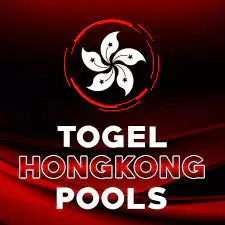How to Use a Fire Extinguisher
A fire extinguisher is one of the most valuable pieces of equipment you can keep on hand in case of a small fire. It can be used to stop a fire from spreading or even put it out entirely before it can cause major damage and injury. Fire extinguishers should be placed in areas where the potential hazards of the fire are the highest and where they will be easily accessible if an emergency occurs. They are also useful for training purposes in the workplace, where employees are able to practice their fire fighting skills and understand what to do in the event of a fire.
The key to using a fire extinguisher is remembering the acronym PASS: Pull, Aim, Squeeze, Sweep. To operate a fire extinguisher, first pull the pin located at the top of the unit. This will release the handle’s locking mechanism and allow you to discharge the pressurized extinguishing agent. Aim the nozzle at the base of the fire. Do not aim at the flames, as this will only push them further into the flames and can be dangerous. Sweep the nozzle back and forth at the base of the fire until it appears to be completely out. Then, stand several feet away from the fire to allow the nozzle to recharge.
There are three essential elements needed to produce a fire: fuel, oxygen and heat. Fire extinguishers are designed to remove at least one of these elements, thus stopping the fire. Water can be used to remove the heat and cool the fuel to below its ignition point, while dry chemicals such as ammonium dihydrogen phosphate or sodium bicarbonate can be used to fight class B fires.
For class C fires, carbon dioxide fire extinguishers can be helpful as they do not leave any residue and do not damage electrical items. They are often used in offices or with computers and printers. For class D fires involving metals, a graphite or purple-K rated extinguisher may be used. These types of fires can often be difficult to control because the heat is so intense and the metals are very reactive.
There are a variety of other extinguishers available as well. Many commercial and industrial extinguishers are rated for multiple classes of fires and can be found in a wide range of settings. The Amerex B270NM, for instance, shoots a water mist and is rated A:C; it’s nonconductive and safe to use in MRI facilities. Other models include those containing sodium chloride, for class A and B fires; potassium acetate or potassium carbonate, for class C and D fires; and the specialized wet chemical, known as Class K, that is usually used in restaurants to combat deep fat fryer fires. Always carefully read the operating instructions on your fire extinguisher before using it and have it recharged when required.
